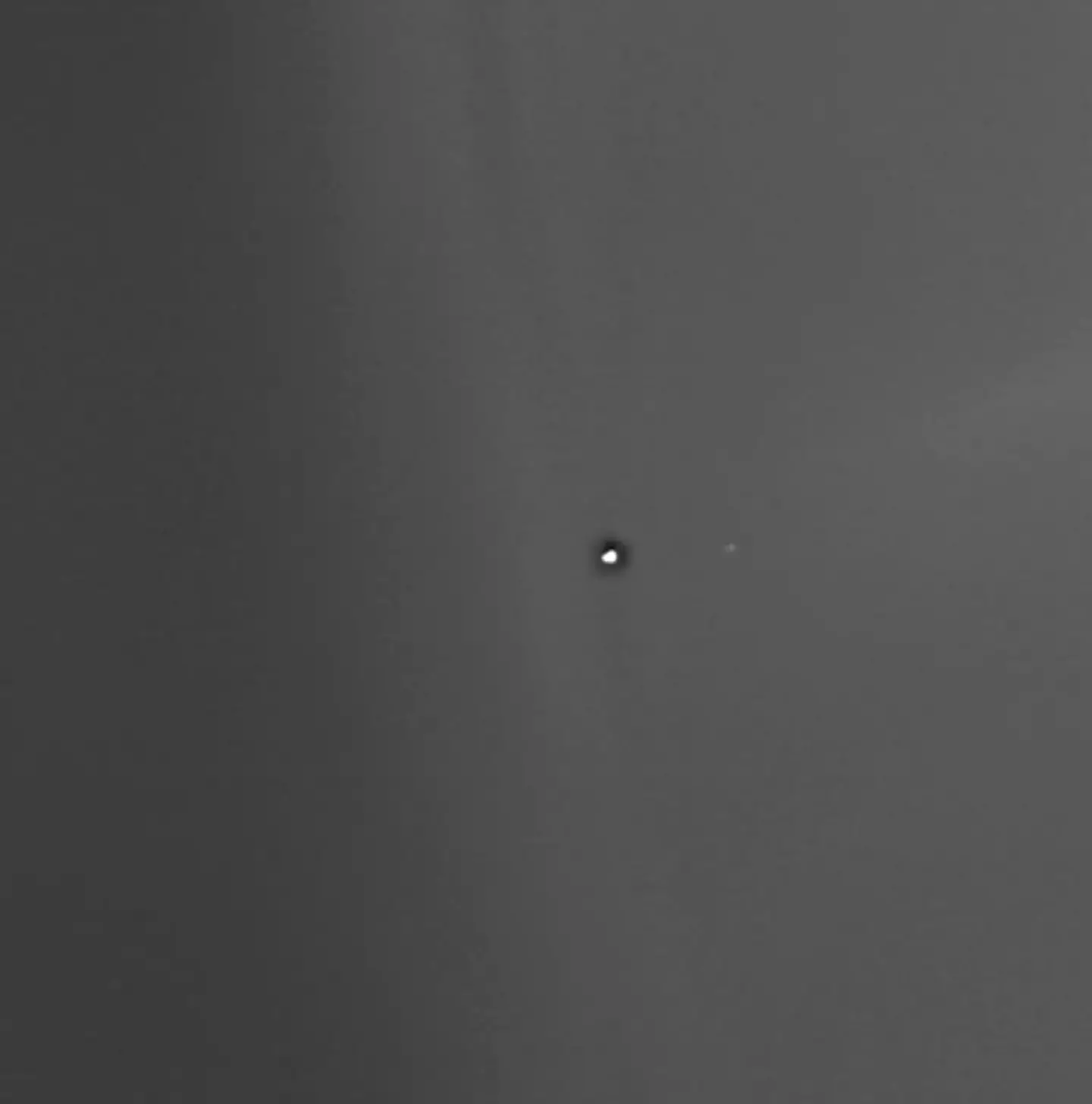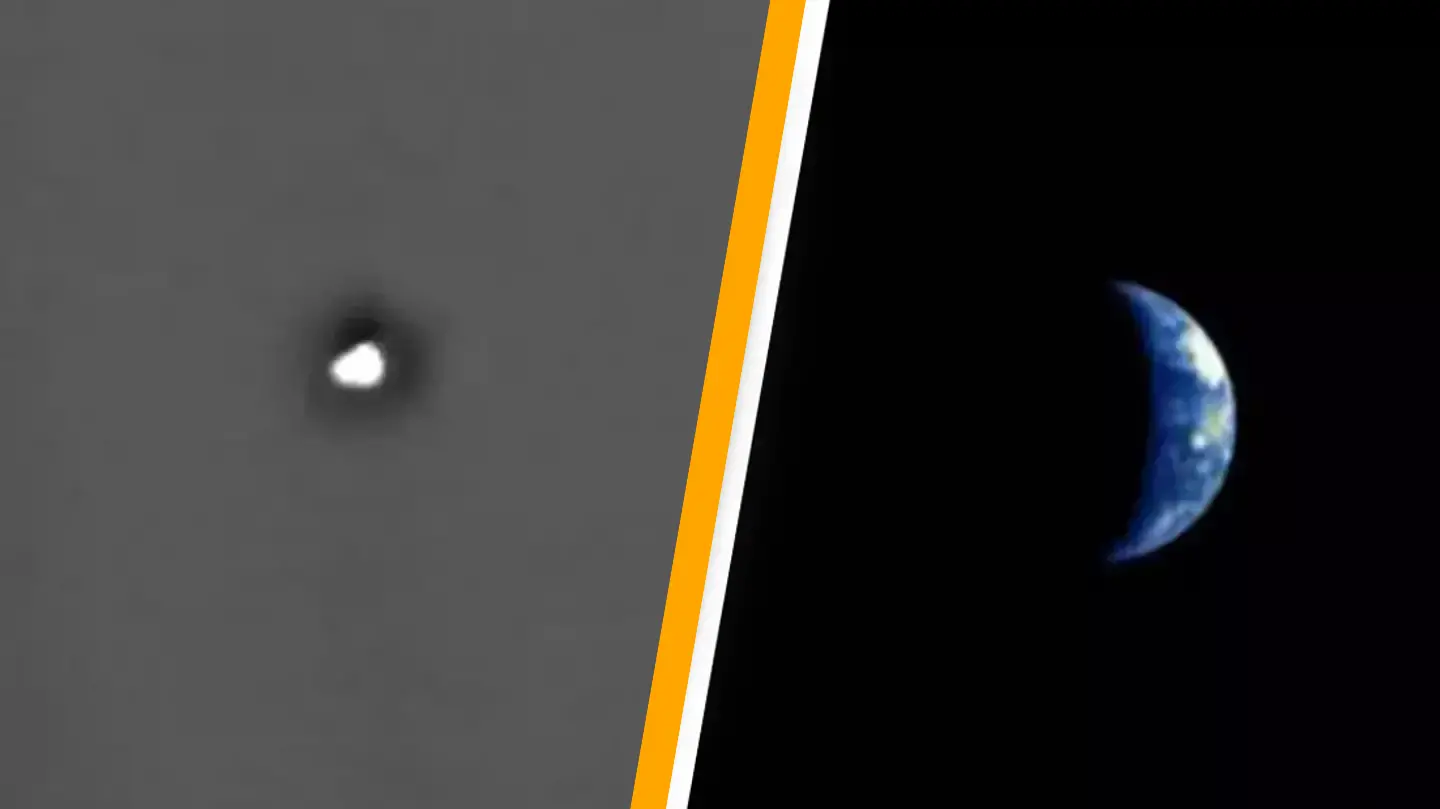The European Space Agency (ESA) has released an astonishing image depicting Earth from Mars, located an impressive 180 million miles away.
While previous space missions have captured images of Earth, the Moon, and other celestial bodies in our solar system, this particular photograph stands out as one of the most remarkable.
At first glance, the image might appear as merely a blurry white dot on a grainy canvas, but it is much more significant than it initially seems.
The photograph features both Earth and the Moon, taken from a distance of approximately 187 miles while orbiting Mars.
The ESA’s Mars orbiter snapped this picture during its mission around the Martian planet.
In the image, Earth appears as a diminutive white dot, with the Moon being an even fainter spot nearby.

Arriving three decades after the Earth was famously described as a “pale blue dot” by the scientist and communicator Carl Sagan, this image is likely to be remembered in the history of space exploration.
Carl Sagan drew his inspiration from a 1990 photograph of Earth taken by NASA’s Voyager 1, and his profound speech following that image continues to resonate today.
In his reflections, Sagan emphasized Earth’s unique status as the only known world harboring life, underscoring the need for greater kindness among its inhabitants.
Even though Sagan’s speech was delivered over thirty years ago, the ESA believes its message remains just as relevant today.
Jorge Hernández Bernal, a member of the Mars Express team, remarked last year: “On the special occasion of Mars Express’s 20th anniversary since launch, we wanted to bring Carl Sagan’s reflections back to the present day, in which the worsening climate and ecological crisis make them more valid than ever.”
He continued, “In these simple snapshots from Mars Express, Earth has the equivalent size as an ant seen from a distance of 100 meters, and we are all in there. Even though we have seen images like these before, it is still humbling to pause and think: we need to look after the pale blue dot, there is no planet B.”
While primarily designed to observe Mars’s two moons and the stars, Mars Express’s High Resolution Stereo Camera successfully captured images of Earth and the Moon in 2023.
The series of images was taken on May 15, 21, and 27, with an additional observation on June 2, representing over half of the Moon’s monthly orbit around Earth.

